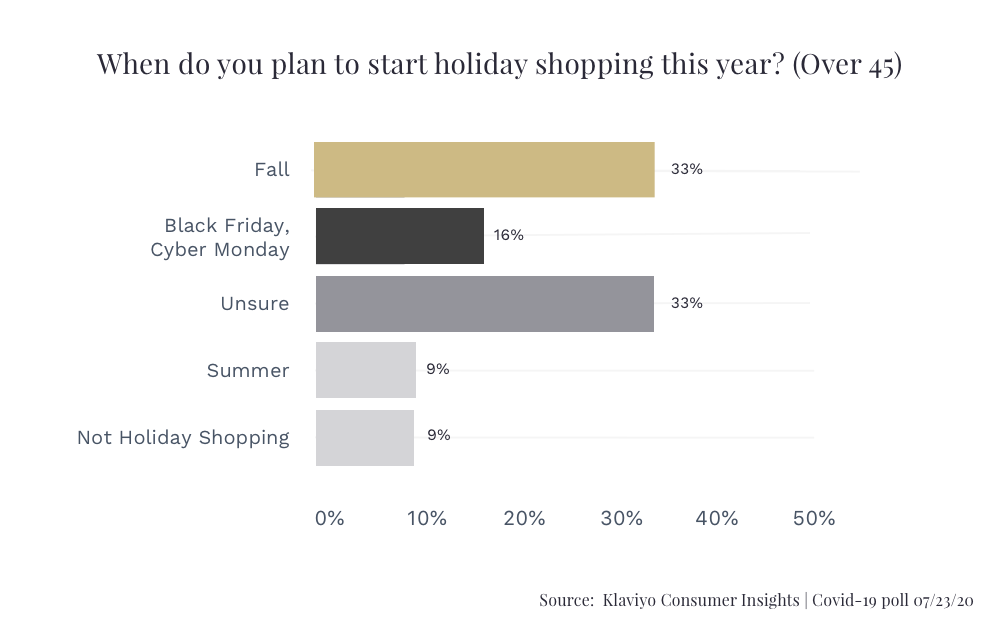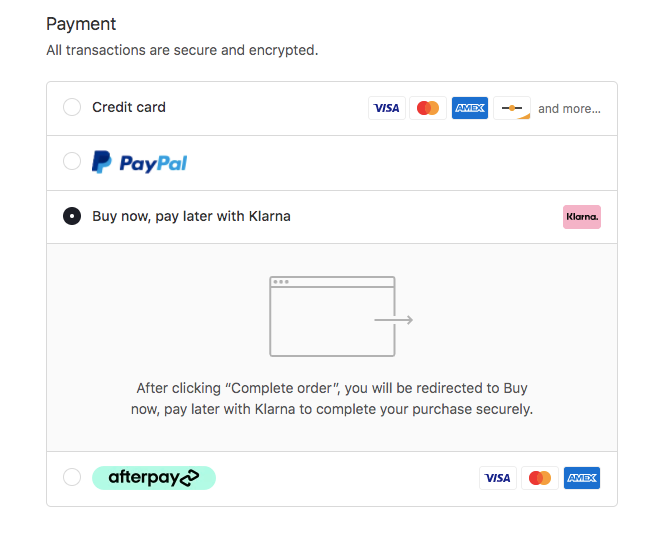The 2020 holiday season will inevitably have more challenges for merchants than in previous years. The expected surge in digital transactions will certainly cross every touchpoint: everything from operations, fulfillment and customer service will need to scale to ensure customer expectations are met.
As you start to plan for the holiday rush, we’ve pulled together the latest trends to hit the scene this year.
Let’s unpack them, so you’re ready to hit the ground running come Q4.
More users than ever will be shopping online this year
- Major retailers like Best Buy and Walmart have announced reduced in-store holiday hours during the most popular shopping weekend of the year
- Ecommerce is expected to make up 20% of all retail sales this holiday season
We've all read the numbers by now: digital sales are crushing it during COVID-19. To give you an idea on the shift that has happened here:
- Last year (2019) ecommerce accounted for 11% of retail
- Prior to the pandemic, ecommerce accounted for 12-15% of retail
- This year (2020) it's predicted to reach 20%
Online holiday shopping has been steadily growing the past few years, and the pandemic has only accelerated this trend. The announcement of Walmart and other popular retailers closing for Thanksgiving offers yet another reason for shoppers to turn online this year.
The bottom line: merchants need to be prepared for an even bigger shift to online shopping this holiday season. Prepare for the influx of traffic and sales by testing any website changes prior to peak shopping days, and be sure to maintain clear, transparent communication to help navigate customer expectations.
Holiday shopping will start earlier than ever before
- With Prime Day moved to October, merchants should expect holiday shopping to start earlier than November
- Use September to make sure key holiday landing pages are ready to launch by October
For the past few years, we've seen brands start their holiday push right after Halloween. Marketing strategies were built around a November 1 start date, and normally looked something like this:
- Using October to build an audience, while also hyping upcoming promotions
- Offering early bird promotions in the week leading up to Black Friday, Cyber Monday
- Massive BFCM weekend sales
- Maximizing sales between BFCM and Christmas
But the move of Amazon Prime Day to October this year means it will inevitably become a threat to Thanksgiving weekend sales. (The reasoning given behind this change was due to fulfillment and supply chain issues because of the pandemic.) This means shoppers will be on the hunt for deals well before November.
A recent Klaviyo survey backs this up: consumers of all age groups are planning to start their holiday shopping in the fall this year.


Brick-and-mortar stores are also taking cues to start their promotions in October. As we mentioned earlier, chains like Target, Best Buy and Walmart announced they will be closing their stores on Thanksgiving, with reduced hours on Black Friday weekend to avoid large crowds of shoppers.
All of this adds up to an earlier shopping season than we've experienced in the past.
Mobile continues to be a driving force
- Make sure your holiday campaign pages are optimized for mobile devices
- Add expedited payment options like Shopify Pay, Apple Pay and PayPal to checkout to streamline payment
Since 2018, mobile has taken over the number one spot in both traffic and sales for holiday shopping. Last year alone saw a 13.1% increase from 2018 in digital sales, with smartphones driving nearly 84% of that growth.
When we look at 2020, mobile devices accounted for nearly 40% of all ecommerce spend during May, with many shoppers making their first-ever online purchase on a smartphone.
This means merchants should approach holiday planning from a mobile-first mentality, with mobile driving design and promotional decisions.
Be sure to quality assure (QA) your site on mobile as well as desktop to ensure the experience works as expected across all devices.
Be very clear on your shipping policies & procedures
- Check with your courier about what to expect for the 2020 holiday season and decide what expedited shipping promotions you’ll offer and when
- Be transparent and let shoppers know about the steps you're taking to ensure the safety of your employees
Since the start of the pandemic, shoppers have been craving transparency around shipping policies. While they want to ensure their purchases are safe, they also want to know the people preparing their packages are practicing health procedures.
Be transparent about what steps your store is taking to ensure the safety of your employees and customers. Answer questions like:
-
Are you taking care of your shipping workers so I don't feel terrible for making them come to work?
- How is your supply chain impacted?
Add a bit of text to the product page, a page on your website linked from a banner, a pop-up, or an email to your list.
Penny Arcade has a clear and definitive shipping and handling policy in light of the pandemic. It's first noted on their homepage banner, and then takes users directly to a dedicated shipping page.
Along with safety, shoppers want to be confident their orders arrive in time for the holidays. Get in touch with your courier to understand expectations around delivery, and be very clear with messaging on your site about shipping and delivery timelines.
Offer Flexible Payment Options
- Give customers the ability to pay in installments rather than one payment up-front
- Add options like Klarna or Afterpay at checkout
With continued economic uncertainty due to COVID-19, shoppers are being tighter than ever with their wallets. Giving shoppers the option to pay in installments rather than up-front is a great way to make visitors more comfortable shopping earlier, while also encouraging them to spend more.
Klarna and Afterpay are good options to add to checkout. Both give customers flexibility, and can encourage purchases. (Afterpay alone boasts a 22% increase in conversions and a 20 to 30% increase in AOV.)
Supply offers both of these options at checkout:

There you are! We know you're all nervous about what to expect this coming season. If you incorporate these 2020 trends into your holiday planning, you'll find yourself ahead of the game, and prepared for strong sales amidst the changing landscape that you’re sure to see this holiday season.

